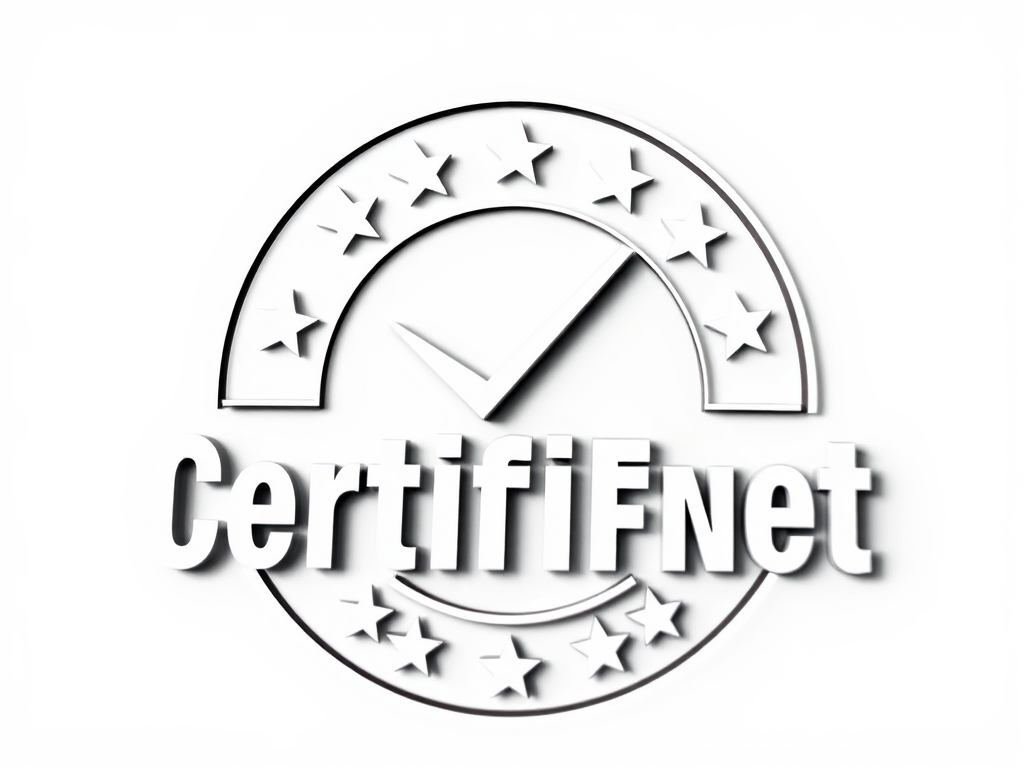Cybersecurity risks intensify as products evolve through their lifecycle. Integrating Product Lifecycle Management (PLM) insights helps businesses identify vulnerabilities early, streamline updates, and coordinate teams across development, production, and support. Harnessing PLM data enables proactive security measures that adapt to each stage, reducing threats and enhancing product resilience consistently from concept to retirement.
Defining Product Lifecycle Management and Addressing Search Intent
PLM, or Product Lifecycle Management, is a coordinated approach to managing a product from conception through design, manufacture, support, and finally to retirement. You can Explore further here. Unlike systems such as PDM (Product Data Management), which focus just on organizing design documents, or ERP (Enterprise Resource Planning), which handles operational logistics and finance, PLM serves as the backbone connecting every stage of product-related decision-making.
Also to read : How is the UK enhancing cybersecurity with high-tech solutions?
The PLM journey generally travels through several distinct stages: concept (where the initial idea is formed), design (prototyping and approvals), production (manufacture and assembly), sales (marketing and distribution), support (customer care and warranties), and finally retirement (disposal or repurposing). Each phase brings unique challenges managing compliance in design, controlling costs in production, or addressing customer feedback in support which calls for different strategies and specialized tools.
Businesses turn to PLM to unlock faster time-to-market, better quality, and higher collaboration across departments. Integrated with enterprise systems like CRM, SCM, and ERP, PLM not only centralizes design information but also improves data accuracy, enhances productivity, and fosters informed decision-making every step of the way. All of this is essential for adapting to technology shifts, regulatory pressures, and ever-changing consumer expectations.
Topic to read : How product lifecycle management software accelerates business growth
Integrating Cybersecurity Throughout the Product Lifecycle
Embedding Security Principles from Design to Retirement
PLM must address product lifecycle risk management by introducing security at every phase, from initial concept to end-of-life. Using product lifecycle management frameworks, organizations can embed safety and compliance features directly into design requirements, automate verification routines, and manage vulnerabilities as products evolve. Early risk mitigation in PLM stages prevents vulnerabilities from propagating from design through manufacturing and deployment.
Enhancing Traceability, Compliance, and Audit Readiness Through PLM
Product lifecycle analytics tools support detailed traceability of all engineering decisions, design changes, and supplier modifications. Such transparency, powered by robust audit trails, is essential for industries subject to strict regulatory demands. By leveraging product lifecycle risk management, businesses streamline compliance checks—ensuring each product lifecycle stage is referenced and documented according to the latest product lifecycle management frameworks and standards.
Supply Chain Risk Awareness and Third-Party Vulnerability Management
Modern supply chains are complex, presenting new digital attack surfaces. PLM platforms integrate cloud PLM security considerations by providing visibility and control over third-party suppliers, capturing risk assessments, and enabling the timely remediation of detected vulnerabilities. With integrated product lifecycle analytics tools, organizations can systematically monitor, analyze, and respond to potential supply chain disruptions throughout every lifecycle stage.
PLM Software and Technology: Tools, Integration, and Real-World Examples
PLM software solutions equip organizations with secure platforms to manage all stages of the product lifecycle and ensure digital product lifecycle optimization. These platforms support the integration of PLM with ERP systems, enhancing collaboration and protecting sensitive information by governing access and automating compliance tasks throughout the lifecycle. Tools in this domain centralize product data—such as specifications and engineering changes—and embed traceability, aiding regulatory audits and risk management.
When comparing PLM software, Siemens lifecycle management platforms and SAP lifecycle management integration consistently stand out for their robust features. Siemens lifecycle management platforms focus on systems engineering, flexible design tools, and supply chain lifecycle coordination. SAP lifecycle management integration, in turn, excels at connecting lifecycle collaboration software platforms with finance, procurement, and inventory, reducing data silos and speeding up product releases. Companies often deploy a PLM software comparison and features analysis to select lifecycle collaboration software platforms that best fit their business needs and compliance commitments.
In the pharmaceutical sector, product lifecycle software solutions drive regulatory compliance and product safety by documenting every development decision. Automotive manufacturers leverage integration of PLM with ERP systems to respond quickly to market shifts while maintaining innovation and safety. With digital product lifecycle optimization, real-time feedback enables ongoing improvements, while Siemens lifecycle management platforms and SAP lifecycle management integration streamline operations in highly regulated environments.
Future Trends and Best Practices in Cyber-Resilient Product Lifecycle Management
The role of AI, IoT, and digital twins in secure, adaptive PLM
Innovative lifecycle management technologies are redefining how organizations approach product lifecycle stages. The growing role of IoT in lifecycle monitoring enables real-time insights, identifying anomalies and vulnerabilities proactively. In practice, digital twin technology in lifecycle management allows teams to simulate and improve virtual products before changes reach production. These digital twins, when synchronized with IoT data, continuously monitor product health, compliance, and performance, helping maintain a robust security posture throughout every phase.
Building a culture of cyber resilience and continuous improvement
Fostering a mindset of ongoing protection is at the core of future trends in lifecycle management. Embedding PLM implementation best practices ensures that from ideation to end-of-life, risk assessments and improvement feedback loops remain active. The collaboration fostered by modern enterprise lifecycle management systems ensures that design, production, and support teams work cohesively, reinforcing cybersecurity measures.
Best practices for PLM adoption, user training, and staying ahead of emerging threats
For sustained success, PLM user training and adoption strategies must adapt to new technological trends. Training programs should address both platform functionality and security awareness, enabling users to leverage the full suite of PLM software solutions securely. Continuous learning and real-time policy updates, powered by connected systems, keep stakeholders one step ahead of evolving risks.




